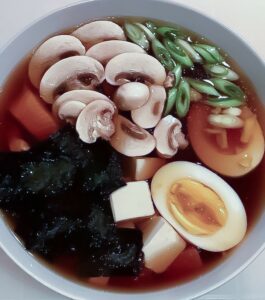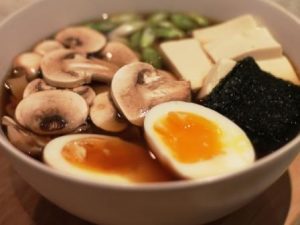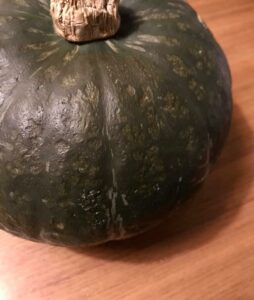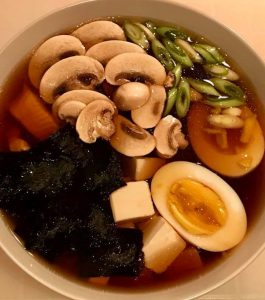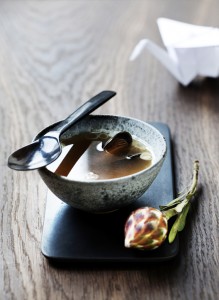
When everyday life becomes hectic, it can be a challenge to find time to cook food that is both tasty and quick to prepare. Fortunately, Japanese cuisine offers a number of delicious options that are perfect for busy days.
One of my personal favorites is Japanese noodle soups is ramen soup. This hot and tasty noodle soup does not take very long once the tasty stock is made from scratch.
A fund that directs your thoughts to Asia and sends your taste buds to Japan for an evening. With vegetables, meat and proteins from the plant kingdom, this noodle soup is filling while being adapted to your taste buds.
On the Noodle soup course for beginners, you learn step by step how to make different Japanese soups, as they are served in restaurants in Tokyo.
_
Zoë has held sushi courses and cooking classes for A. P. Moller – Maersk, Hugo Boss Nordic, Novo Nordisk, Novartis, Velux, Gorrissen Federspiel, Beierholm revision, Elbek & Vejrup and many more.

